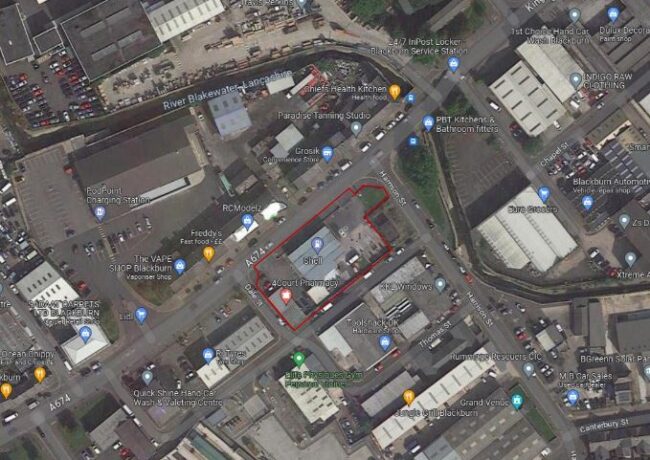RESOURCES | Commercial property pitfalls and how to avoid them

Daniel Stern of Slater Heelis explains the nuances and struggles of residential property investment.
Anyone who has sat through more than ten minutes of ‘Homes Under the Hammer’ could be forgiven for thinking residential property investment is easy.
Turn up at the auction, buy a bombsite, give it a fresh lick of paint and potential tenants will be queuing round the block to give you 20 percent more per month than the agent said you’d get.
A nice tidy yield of around eight percent and Bob’s your uncle – move onto the next one.
Reality check – buy-to-let is under fire and has been for quite some time.
Tax rises, the loss of tax reliefs and a much tougher mortgage process are putting a stranglehold on this type of investment strategy.
But property people are nothing if not resilient and, rather than snapping up gold, stamps, art, and bitcoin, those with a love of bricks and mortar are simply changing their properties of choice. They are switching to investing in commercial property.
If this is a strategy that appeals to you, then you should be aware that commercial property has significant risks attached to it. Understanding those and the steps you can take to reduce your exposure to them must be key to your decision making.
Set out below are five of the most common problems which landlords in this area experience and my tips on how to avoid them (or minimise your risk):
1. Your tenant goes insolvent
This will probably lead to the lease being disclaimed leaving you with an empty property and a business rates liability (after you have used up any relevant business rates relief). Not only will this leave a hole in your income it will also seriously impact upon the value of your investment. Whilst you cannot predict the future, to reduce your risk you should carefully assess the ability of the proposed tenant to pay the rent and the other outgoings due under the lease by considering their company accounts (these can be downloaded from Companies House), requesting more current management accounts if possible, visiting any other premises they may be occupying to determine how busy they are and getting a good idea of the health of their business.
2. Tenant stops paying your rent
Again you should carry out your due diligence before giving the tenant a lease. You can agree that a rent deposit is taken and the terms for when you can dip into that rent deposit (which should then be topped up by the tenant). In addition, ask the tenant to provide guarantors and, if it is a company tenant, ask for the directors to guarantee the company’s payment of the rent and the performance of the other covenants in the lease. You should carry out your due diligence on the ability of the guarantors to pay the rent and other outgoings due in the event that the company defaults.
3. Tenant vacates the unit (or you terminate the lease) and it is left in serious disrepair
This can be a serious issue if you do not know where the tenant has gone to (if it is an individual) or the tenant is an unprofitable company with little or no assets to recover your damages against. You can minimise your risk in this instance by carrying out your due diligence before you accept the tenant and by demanding that the tenant provide guarantors who guarantee the tenant’s performance of the covenants in the lease.
4. Tenant sub-lets the premises or assigns it without your consent
This can present a number of complicated legal issues and depends on the facts of the case. You can best protect yourself against this occurring by keeping a careful watch on who pays the rent and by frequently visiting the premises (provided you do so in accordance with the terms of the lease) to determine who is in actual occupation. A well-drafted lease is your first line of defence as this will enable you to take the necessary steps to remedy any issues you have with the occupation of the premises.
5. Squatters, vandalism, theft
These are all issues which vacant premises are particularly susceptible to. Advertising vacant premises as “to let” can be asking for trouble as those targeting vacant premises for occupation will then become aware of your premises vulnerability. The best way of preventing the issue occurring in the first instance is to ensure that the premises are secured properly (making this the tenant’s responsibility if the lease is still in existence) and regularly visiting the premises (or appointing an agent to do so) to inspect it and manage it whilst it is vacant.
If you are a seasoned commercial property investor with contractual or property litigation requirements or a newcomer to this particular sector looking for effective, proactive and reliable legal support, contact me on 0161 672 1543 or email daniel.stern@slaterheelis.co.uk
This article was originally published on Place Resources.




